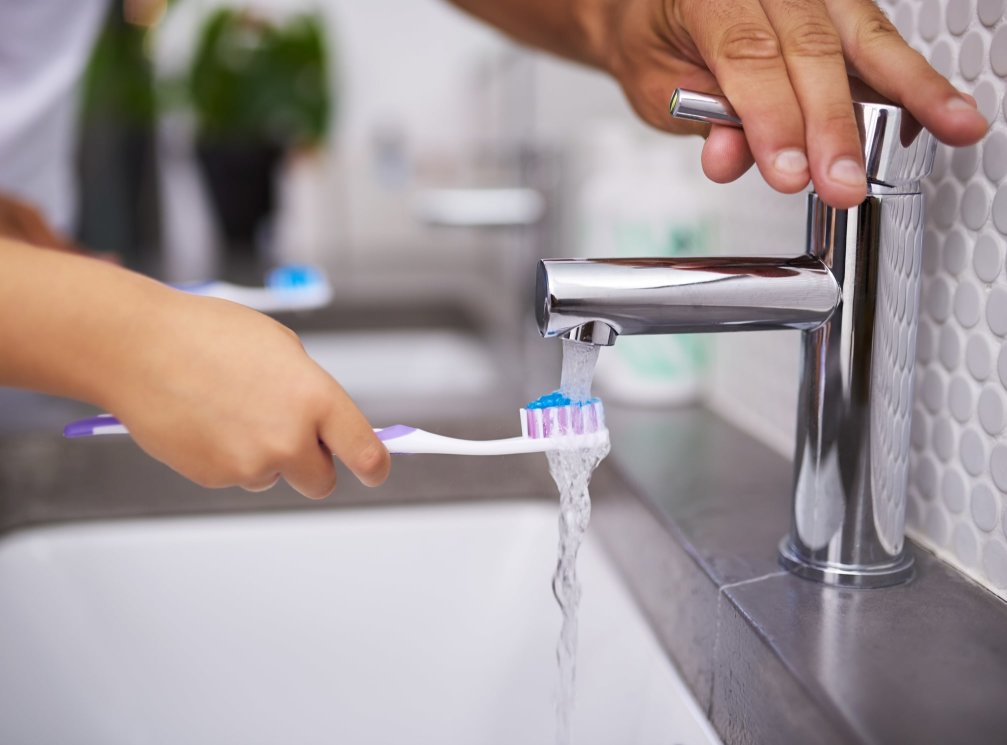
If you’re still deciding whether getting dental insurance is right for you, it may take time to figure out what you want to do and in what plan you’d like to enroll. However, one thing that you shouldn’t overlook is the timeframe in which you’re able to sign up. It would be pretty frustrating to find a plan you like, only to realize that you missed the enrollment period.
So, is there a deadline to sign up for dental insurance? In general, the timeframe for enrollment in dental insurance will depend on whether you’re getting a plan through your job or on your own.
Key Takeaways
There is no deadline to sign up for dental insurance if you are an individual seeking stand-alone coverage for the first time
If you are seeking dental insurance through your employer, there are specific strict timelines to enroll
Certain circumstances allow you to enroll in dental insurance after open enrollment has concluded
If you are an individual with standalone dental coverage, your open enrollment period will most likely happen 30-60 days prior to when you initially obtained coverage.
Deadlines for Dental Insurance With Your Employer
When can you sign up for dental insurance? Throughout the year, there is a specific time referred to as open enrollment that enables you to enroll in dental insurance.
Open enrollment is the one time during the year you can make any changes to your benefit plans, such as your dental insurance. This time of the year is dictated by your employer or when you initially obtained coverage.
Open enrollment will usually run for a few weeks and is typically 30-60 days before the effective date. Once open enrollment has closed, you will not be able to make any changes to your dental insurance until next year’s open enrollment (unless you experience a qualifying life event at some point during the year).
Can You Get Dental Insurance After Open Enrollment?
Once enrollment closes, you will not be able to make any changes to your benefits (such as your dental plan). Suppose you do not sign up for dental insurance during your company's open enrollment period because you have coverage elsewhere but happen to lose that coverage.
In that case, you can then enroll in the dental plan through your employer within 30 days of the loss. This is known as a qualifying life event: loss of coverage elsewhere. There are other types of qualifying life events as well that may allow you to make a change.
A qualifying life event is the only other time you can make changes to your dental insurance. When a qualifying life event takes place, you must provide proof of loss to enroll in the dental plan.
If you did not sign up for dental insurance during the open enrollment period and wish to enroll later simply because you have regrets about not enrolling, that is not allowed.
When is Dental Insurance Open Enrollment?
Dental insurance open enrollment will most likely happen when your company has its annual open enrollment period. This is the one time you can make any changes to your dental plan. You can choose a different dental plan, add a dependent, and/or terminate a dependent.
Example: If your company renews its benefit plans in January, open enrollment will likely happen around November/December. Keep an eye out for communications from your HR team to learn about your company's open enrollment periods.

Deadlines for Individual Dental Insurance
If you’re planning to get dental insurance on your own, you’ll find a variety of plans in which you can enroll throughout the year. Most plans do not have deadlines on when you can sign up, as long as they are individual dental insurance plans and it’s your first time enrolling.
There is an open enrollment period when it comes to making any changes to your existing individual plan. You will receive communication 30-60 days prior to your effective date. For example, if you initially received coverage as of June 1st, your open enrollment period would likely happen around April or May.
How to Enroll in a Dental Plan as an Individual
If you are an individual seeking dental insurance for the first time, you can research various dental insurance plans available through Guardian, Delta Dental, Aetna, or through the Marketplace. While researching the plan options, here are a few things to keep in mind:
Find out if there is an extensive network of dental providers in your area.
Figure out if you are interested in a Preferred Provider Organization (DPPO) or a (Dental Health Maintenance Organization) DHMO, or DMO. A DPPO offers in and out-of-network coverage, whereas a DMO is only an in-network plan. DPPO plans are the most popular.
Depending on your dental situation, you may want to consider a higher annual maximum in a DPPO plan. Annual maximums can range from $1,000 to $5,000.
Additional Tips When Looking at Dental Insurance Plans
Now that you have a better understanding of when you’ll be able to sign up for dental insurance, the next step is to choose the right plan. The information below will be good to keep in mind when looking at plans:
DPPO plans are most common as you don’t have to choose a primary care dentist, and the plan offers in and out-of-network coverage.
Dental Health Maintenance Organization (DHMO) plans require you to pick a primary care dentist before seeking treatment and also have a fee schedule of contracted rates with the provider instead of an annual maximum under a PPO plan.
A DPPO dental plan has a set annual maximum amount of coverage. An annual maximum amount could range from $1,000 - $5,000 per individual covered.
Most of the time, dental insurance covers routine preventive exams, x-rays, fillings, crowns, root canals, and extractions.







